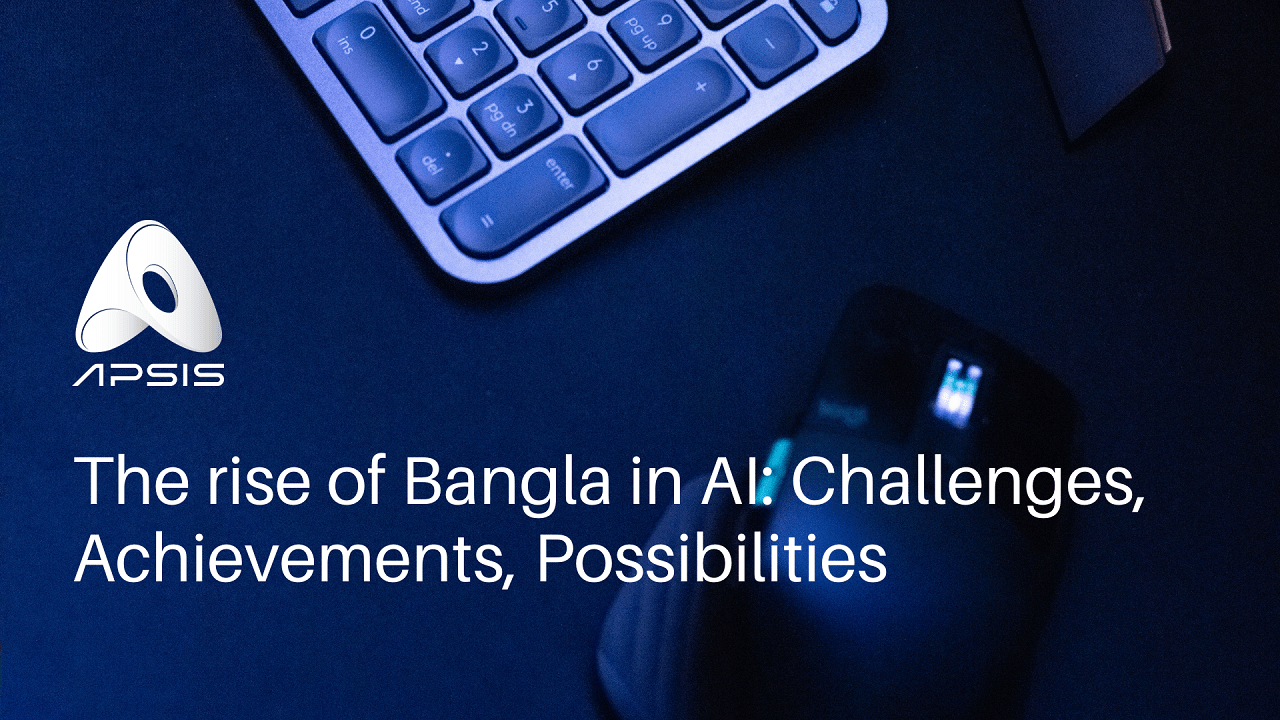Because of its speed and scope, artificial intelligence has the potential to revolutionize everything during the so-called fourth industrial revolution, which includes several emerging technologies. The government, academia, industry, and civil society are all interested in comprehending the multifaceted impact of the emerging industrial revolution; however, its trajectory is difficult to predict. Experts believe that emerging technologies have the potential to provide enormous benefits to humanity while also posing an existential risk. Discussions about the evolution and trends in artificial intelligence, as well as the benefits, risks, and strategies in the field have been on going on for quite some time. The common good may be achieved during the emerging industrial revolution in a collaborative environment of shared interests, with the most difficult work being the implementation and monitoring of global projects.
Bangladesh’s economy has been heavily reliant on low-cost goods such as garments, which account for more than 80% of annual exports, according to the BGMEA, and remittances from low-skilled migrant workers, which are expected to exceed USD 24 billion in 2020-21, according to the Bangladesh Bank. Should it continue to produce goods and hire people on the cheap? Alternatively, it can train its large number of young people and take advantage of the 4IR’s opportunities.
Bangladesh must find a way to capitalize on AI technology. Bangladesh, with its emphasis on science and technology, might begin by establishing a few dedicated AI research centers and luring top people to work for them. It can launch AI-based research programs addressing local issues such as Bangla NLP, manufacturing process automation, farming assistance, customized education, or healthcare services for distant communities. Low-cost production and unskilled labor would quickly become obsolete, just as horses no longer pull carts or carry coal from mines. Adopting technology for faster and more equal growth is the only way to stay relevant. Bangladesh cannot afford to pass up the opportunity presented by 4IR.
A study titled “Youths of Bangladesh: Agents of Change” contains some intriguing ideas about the current scenario of artificial intelligence in Bangladesh. Bangladeshi youth are not yet prepared to capitalize on the opportunities that the twenty-first century (4IR) has to offer, and they have a lot of untapped potentials. It has only about 600,000 tech freelancers, but according to the World Bank, one-third of its 163 million people are between the ages of 15 and 35. With the right skills and assistance, these young people have the potential to change the game. Bangladesh’s AI strategy was implemented in March 2020, and a lot has been done since then.
In July 2017, China announced its AI development strategy. It’s difficult to believe how much China has accomplished in four years to implement AI in “From Riding a Wave to Full Steam Ahead,” a report by the think tank New America. China’s government, universities, research institutes, local governments, and businesses are paving the way for the country to become the world leader in artificial intelligence by 2030. According to Forbes, China is already the world’s first AI superpower.
However, the language of a country must be established on a global scale for the country to be strongly present in the technology industry worldwide. The government of Bangladesh has taken many significant initiatives in this direction. Bangla is spoken by approximately 245 million people in Bangladesh and two Indian states.
Today, the majority of computer-based resources and technical journals are written in English. The language barrier makes it difficult for the general public to reap the full benefits of modern communication and information technology (ICT), as well as a vastly expanded English knowledge database around the world. The only technology that can be used to overcome this barrier is language processing in the mother tongue. Bangla language processing (BLP) research in Bangladesh began in the late 1980s and has already yielded some tangible results. The success of BLP may have a significant impact on the common people’s ability to learn and use ICT in Bangla, which will greatly improve their socioeconomic life.
With the hope of preserving our mother tongue around the world, the Posts and Telecommunications Ministry and the Information and Communication Technology (ICT) Division embarked on a project titled “Enhancement of Bangla Language in ICT through Research and Development.”
It is anticipated that the project will result in the creation of a large number of services and resources about artificial intelligence and language technology.
Based on what we know so far, we can say that after the implementation of this Bangla speaking people would be able to check Bangla spells, grammatical errors, and a possible test of Unicode value, to convert Bangla font, to convert into IPA from Bangla, and to perform sentimental analysis of the Bangla language.
In this flow of development, technological firms have come forward with their resources and innovations. By participating in the competition called, “AI for Bangla”, many promising startups and innovators have shown immense talent through their work. Likewise, Team ‘Abhjatrik’ from Apsis has won the ‘Artificial Intelligence for Bengal’ competition organized by the Department of Information and Communication Technology. They were declared as the champion for the project ‘Identification of Bengali characters in handwritten and printed documents.
Team Abhijatrik at Apsis is credited with developing OCR technology for the Bangla script. They’ve already created a number of superior methods, systems, and models. They are incredibly accurate, at 94%. APSIS Solutions Limited uses some of these systems in their commercial operations, while Bengali.AI employs others in their research. This can be a giant step toward establishing Bangla as a language that can be used to gain technological benefits which will eventually lead to a positive impact on the economy.
Reference
- https://www.thedailystar.net/views/opinion/news/why-bangladesh-should-invest-artificial-intelligence-2196116
- https://thereport.live/enhancement-of-bangla-language-in-ict-project-to-uphold-mother-tongue
- https://www.kalerkantho.com/online/info-tech/2022/02/22/1122821?fbclid=IwAR2B2ZrGOzJndttxOiJGvO1kwnbSmuZg9X7YniXWQf2nyYj-k3YJgDDhyRs
- Babu, Kudrat-E. (2021). Artificial Intelligence, Its Applications in Different Sectors and Challenges: Bangladesh Context. 10.1007/978-3-030-88040-8_4.

